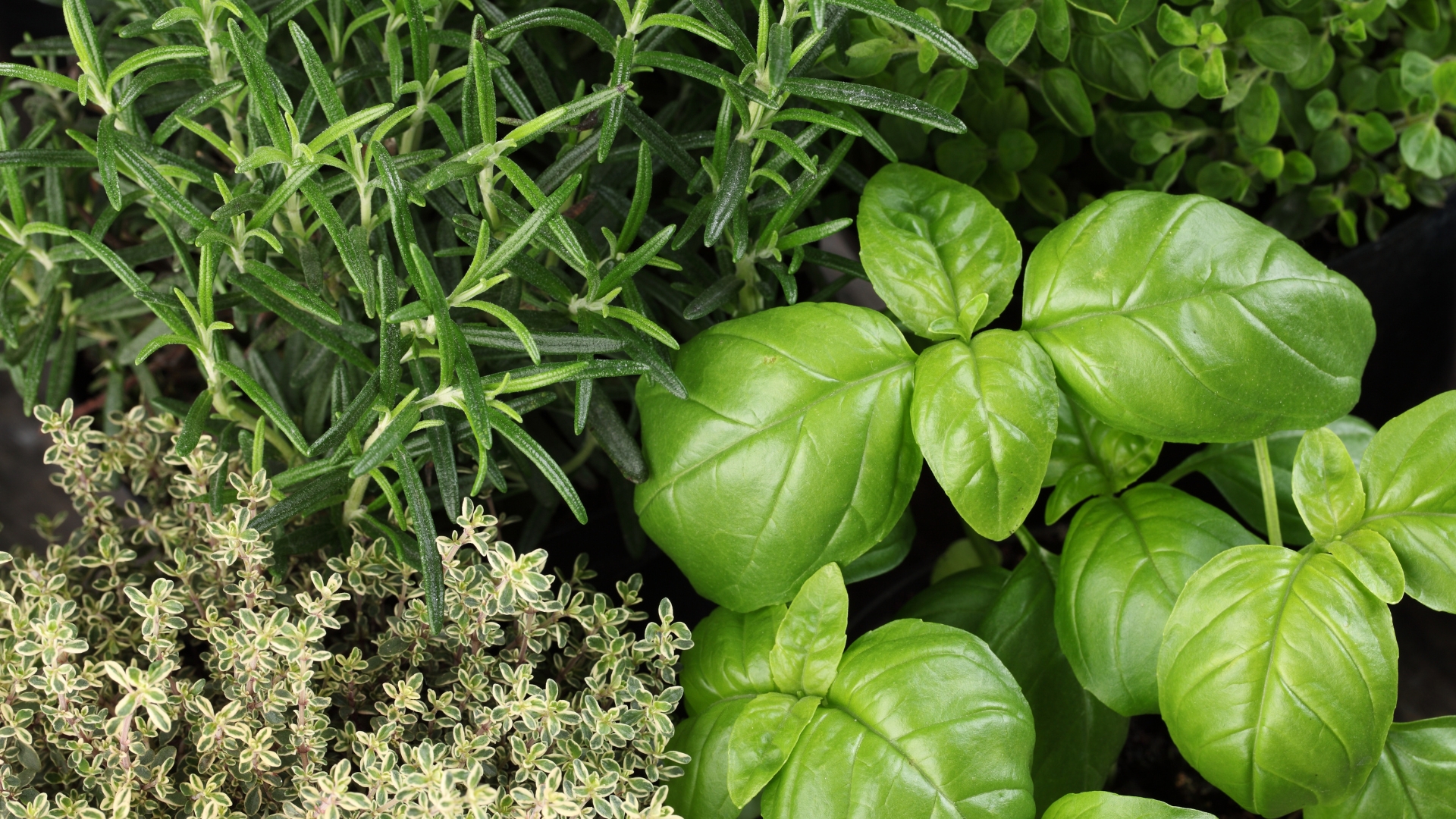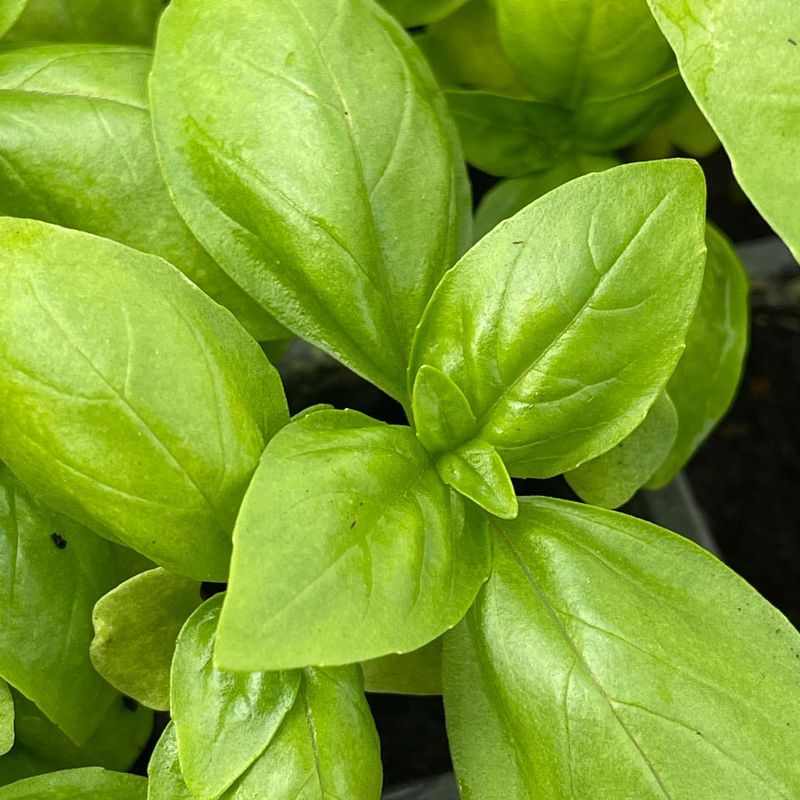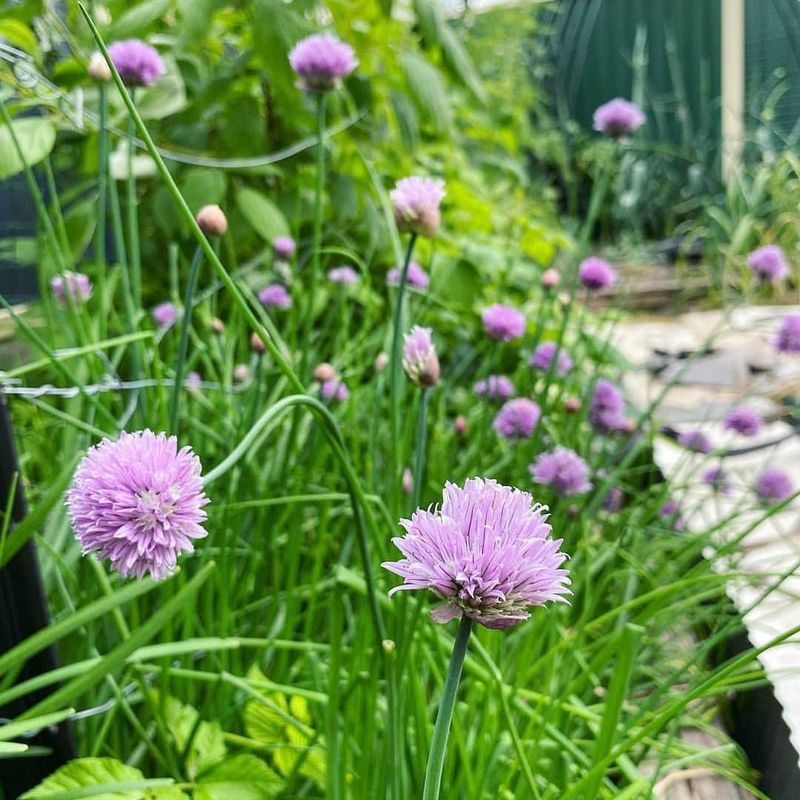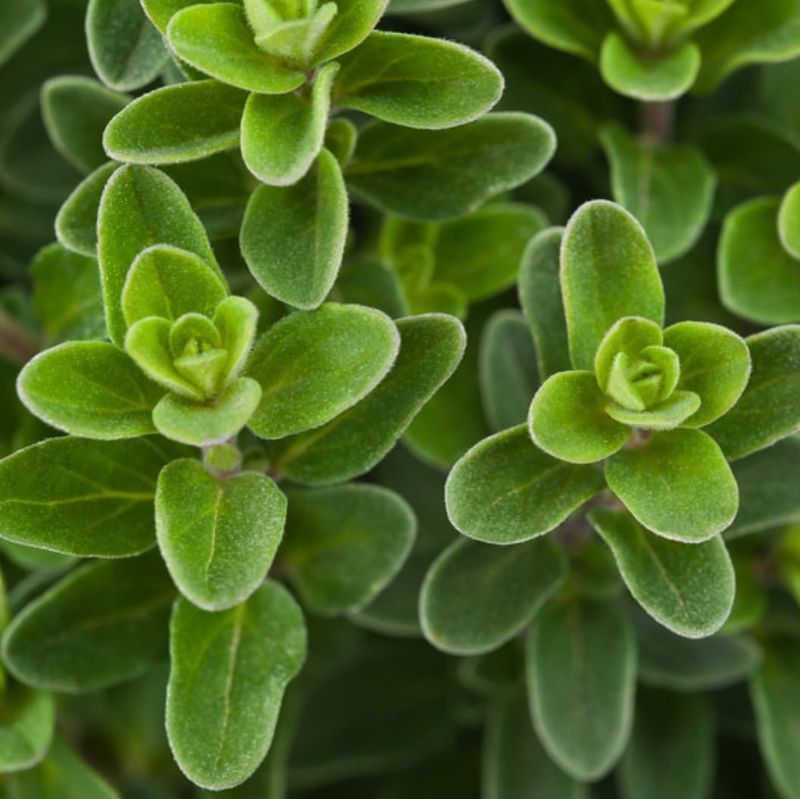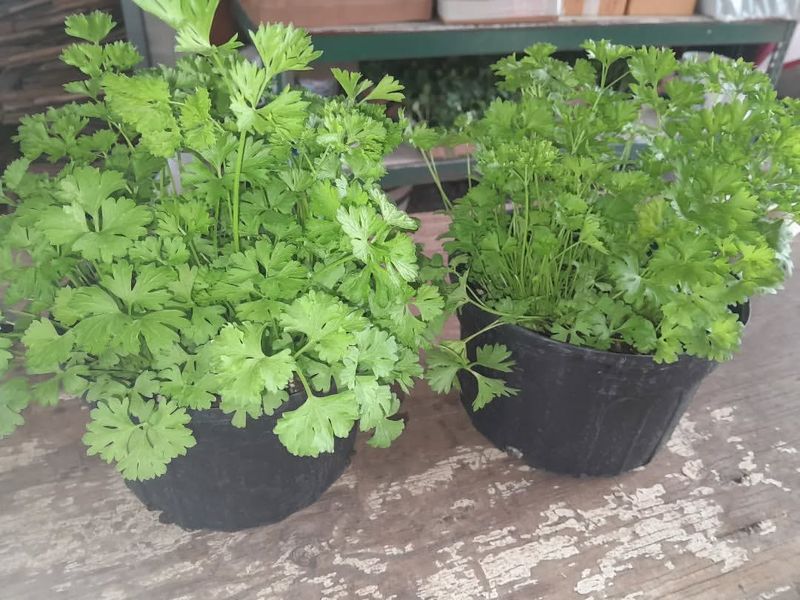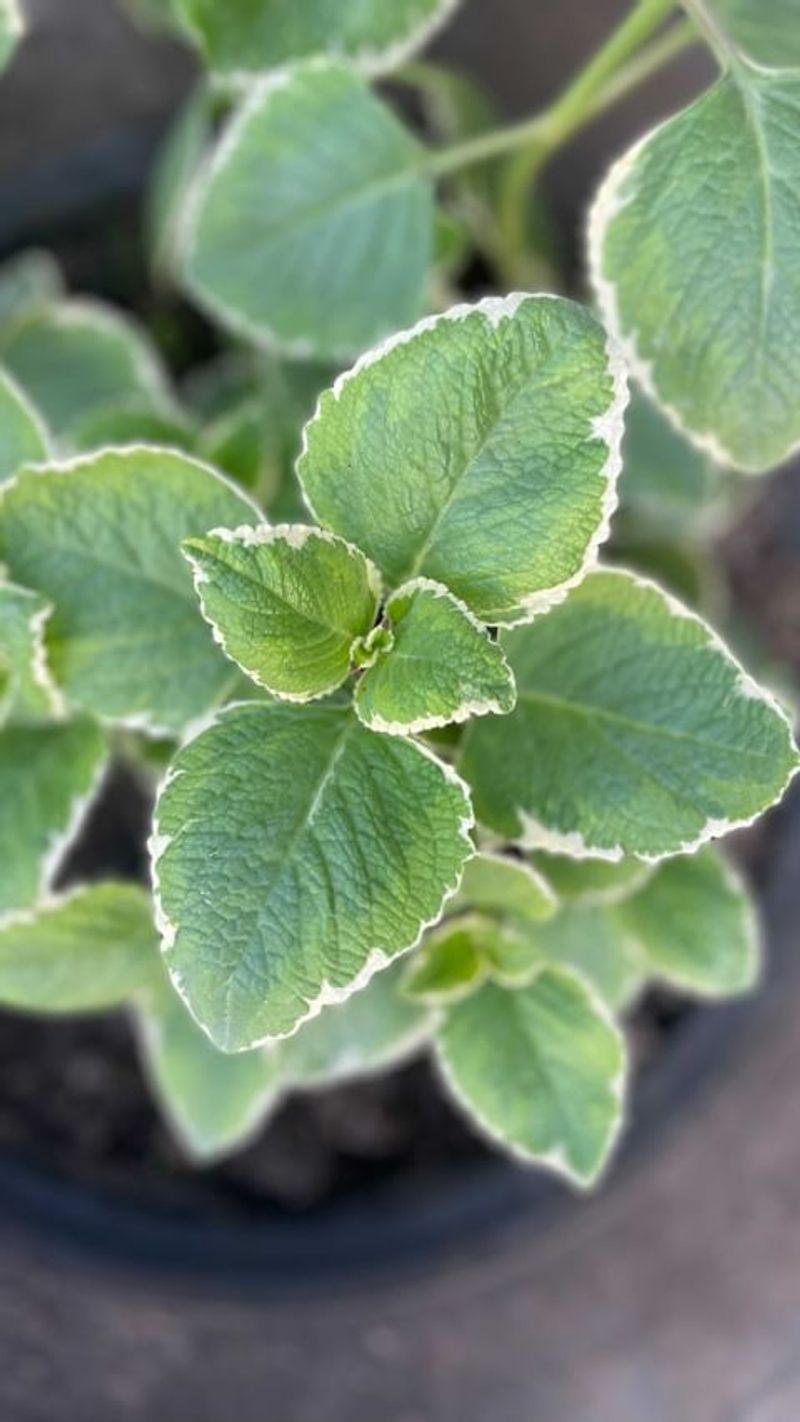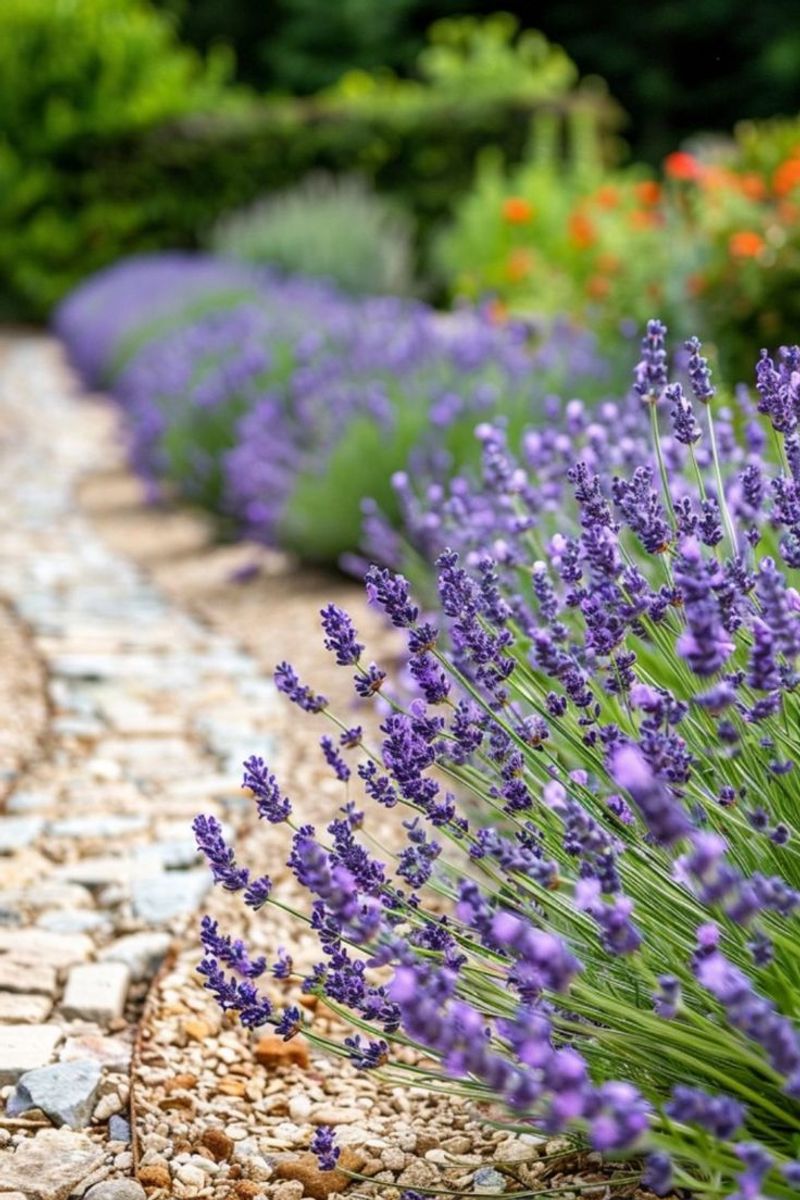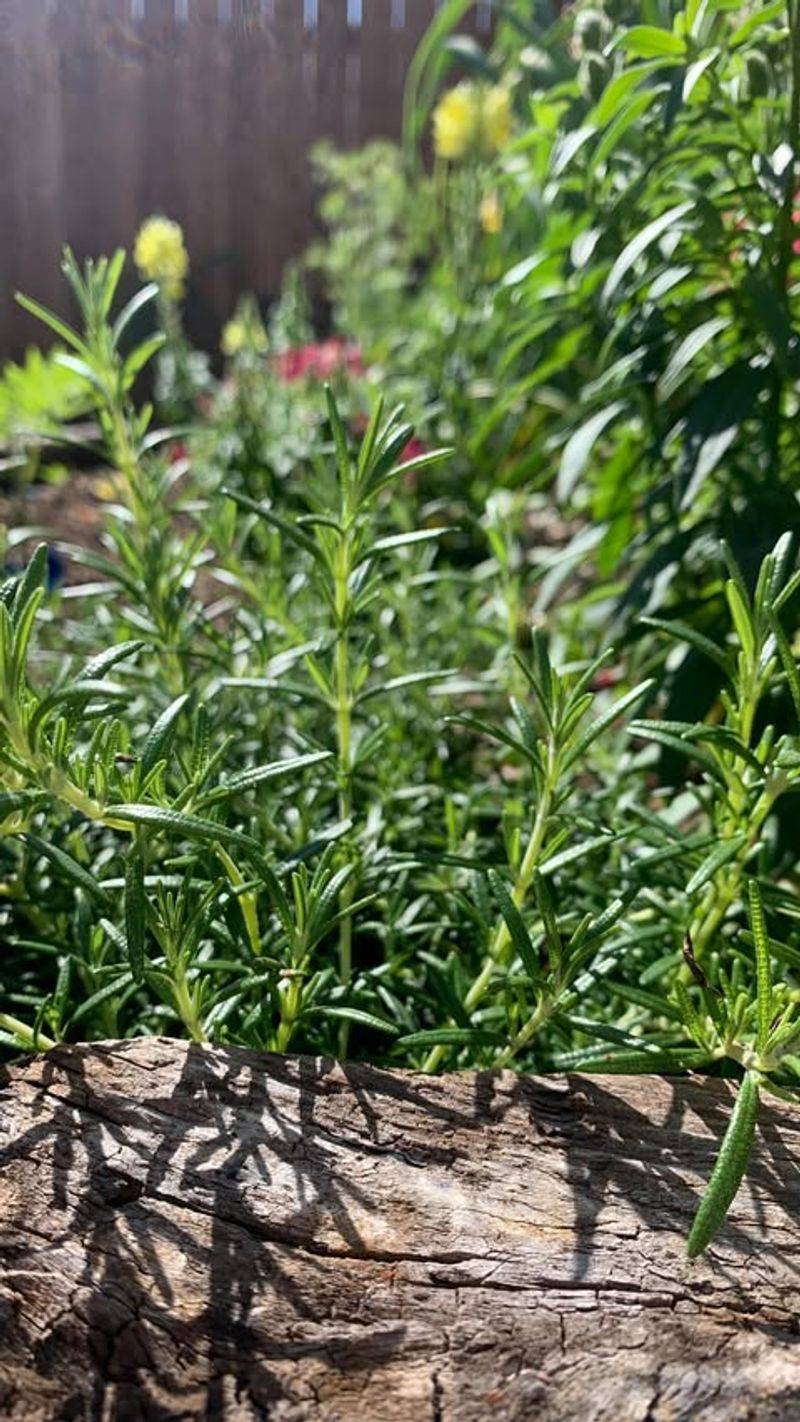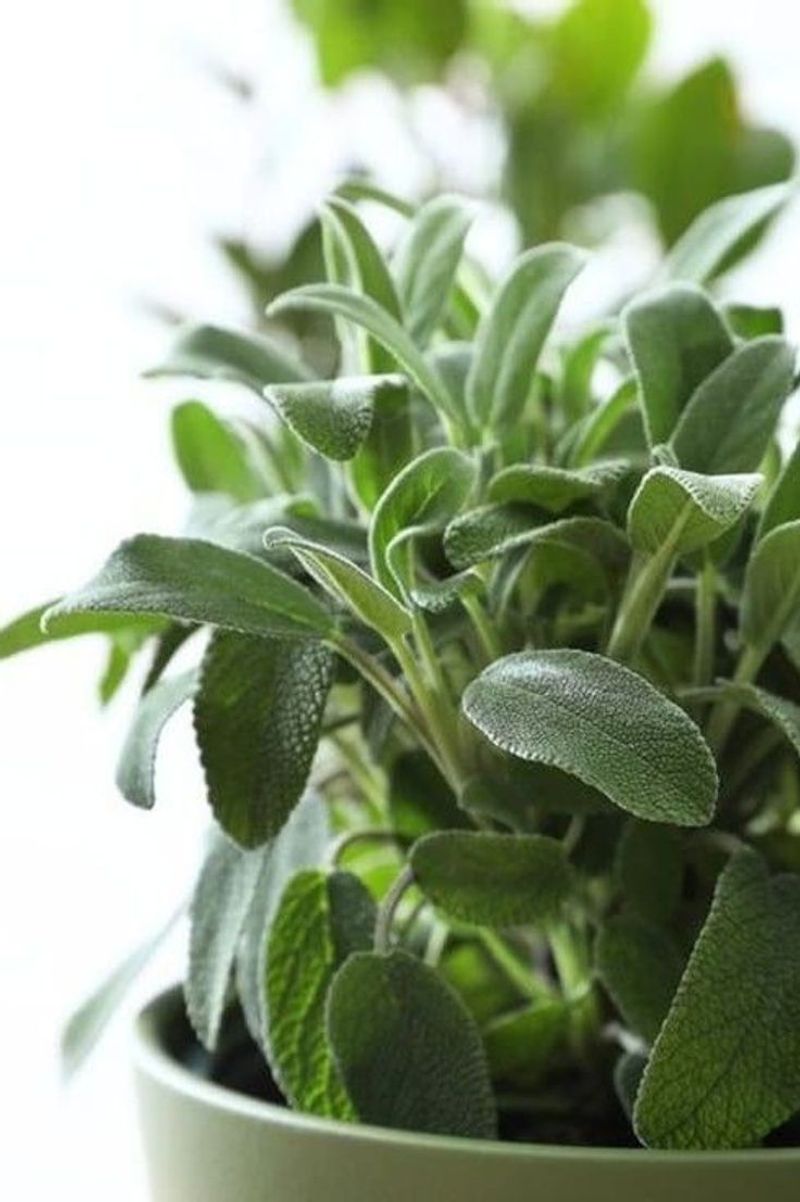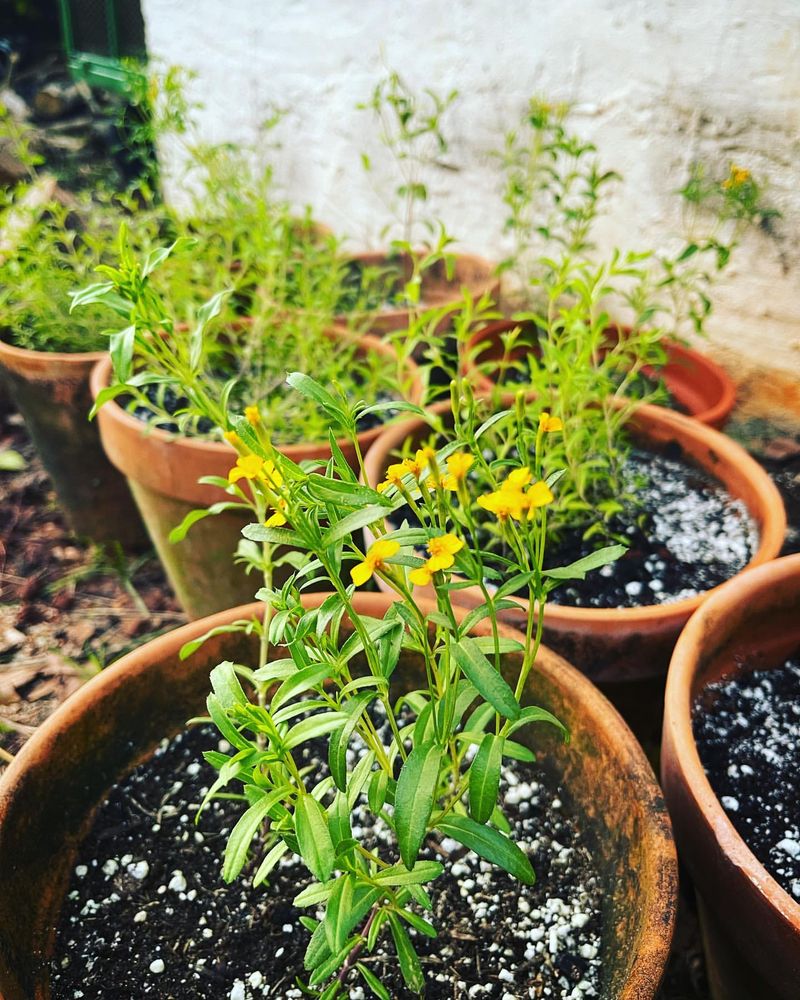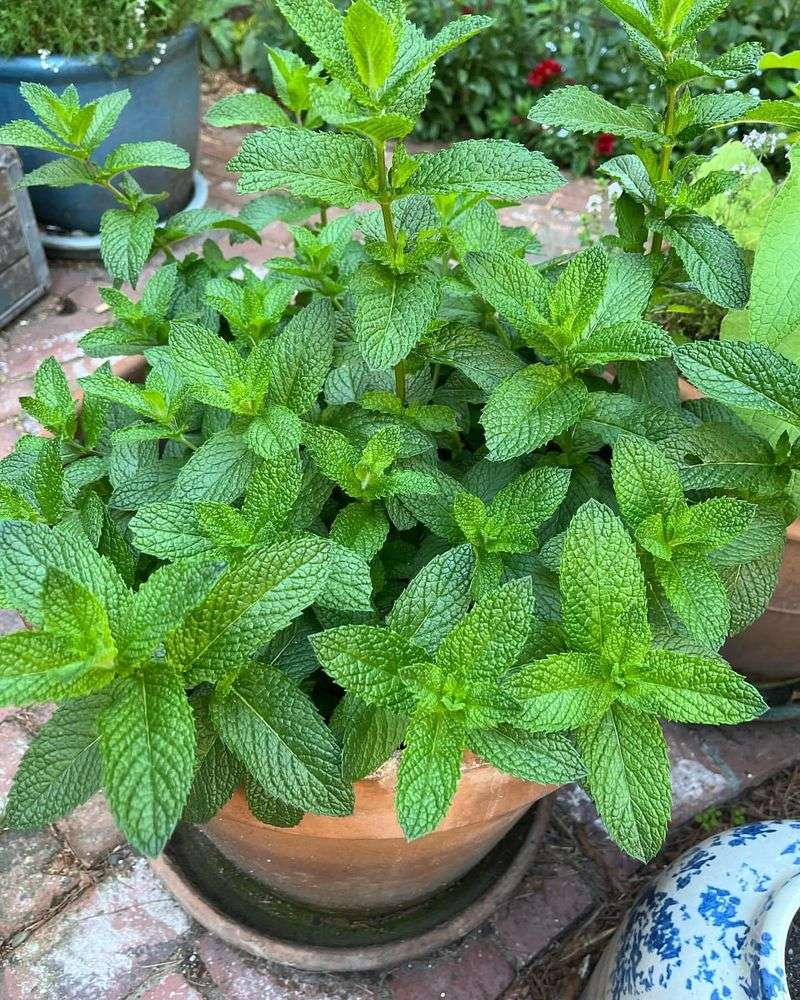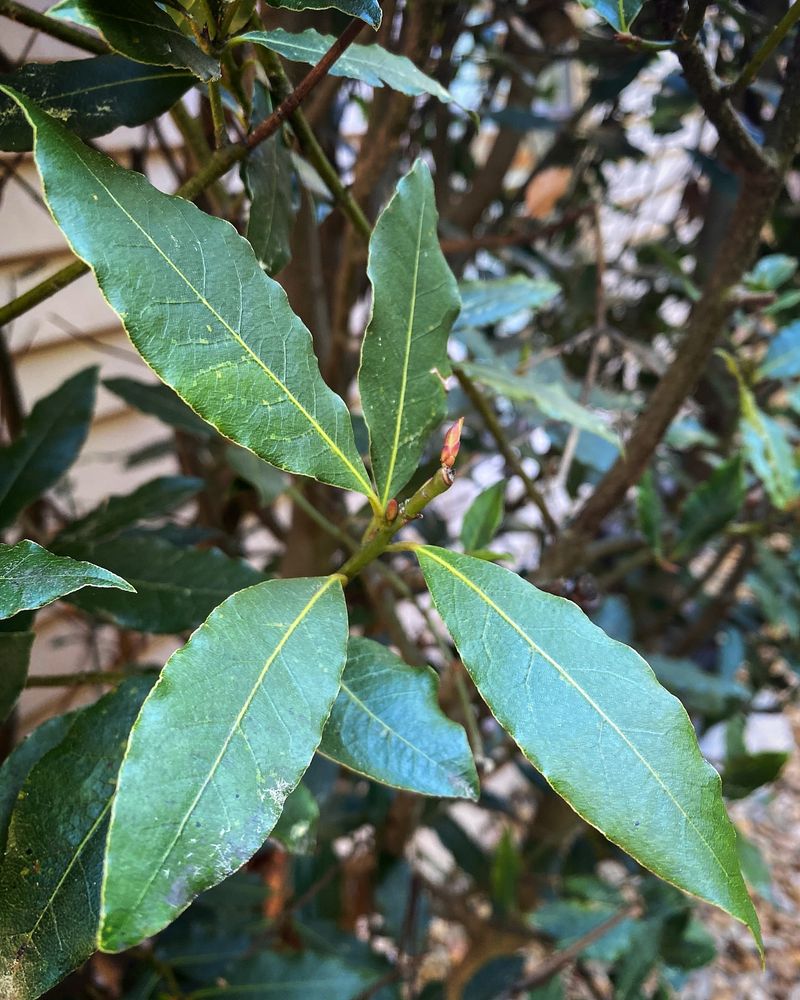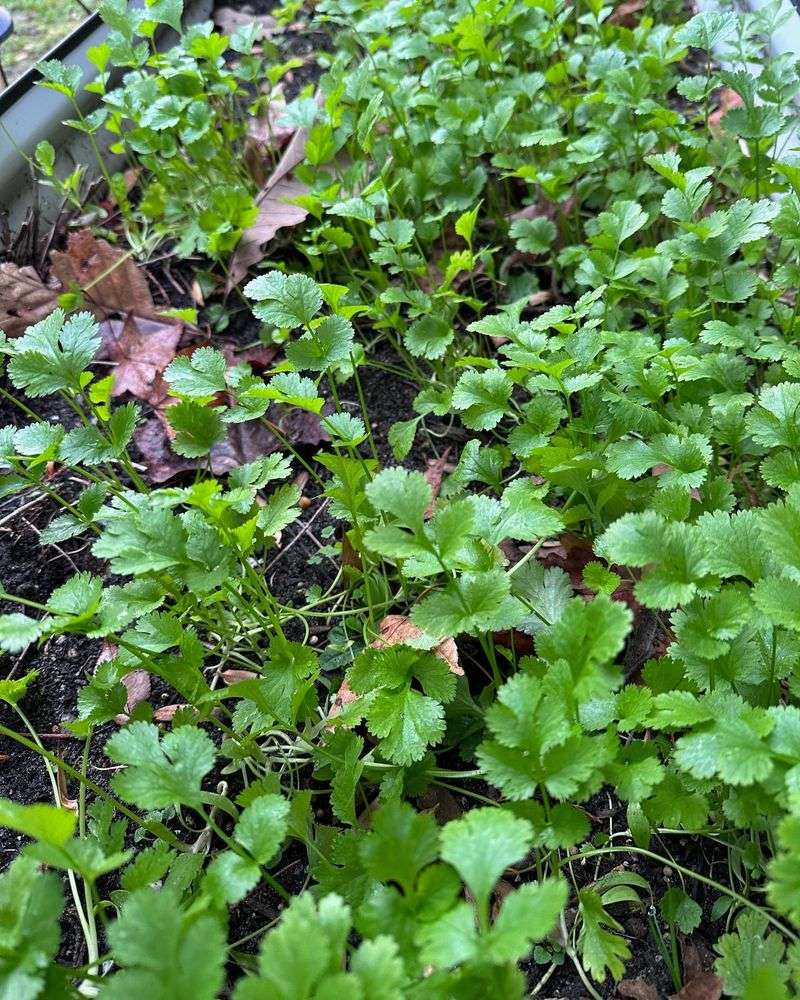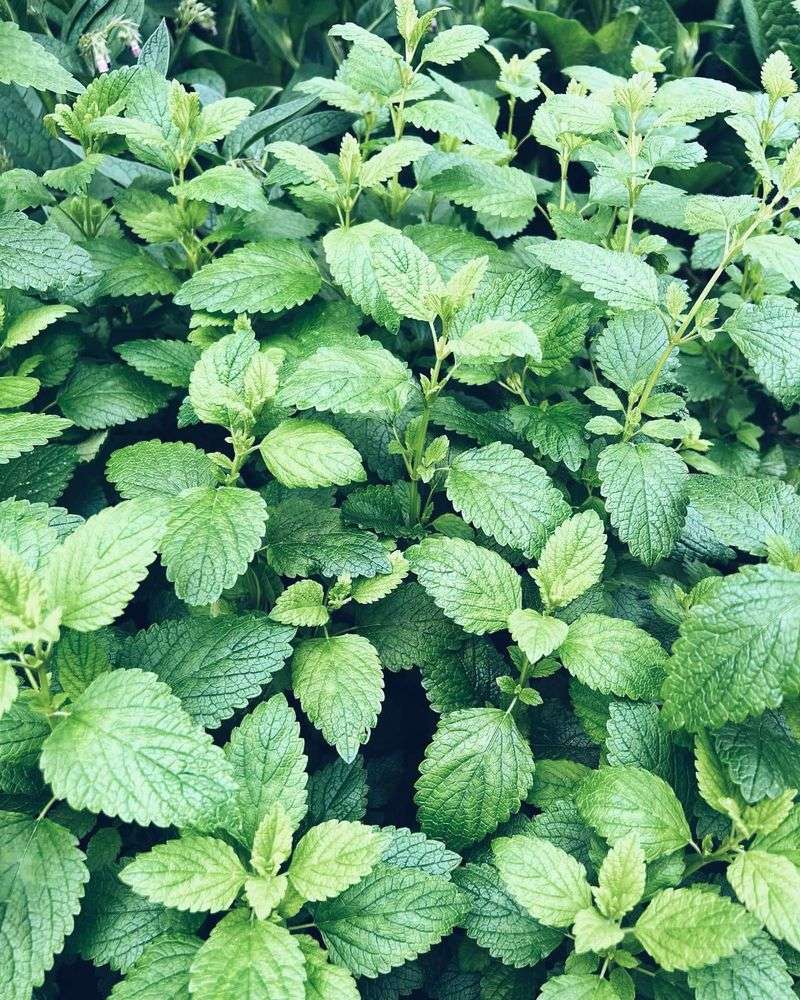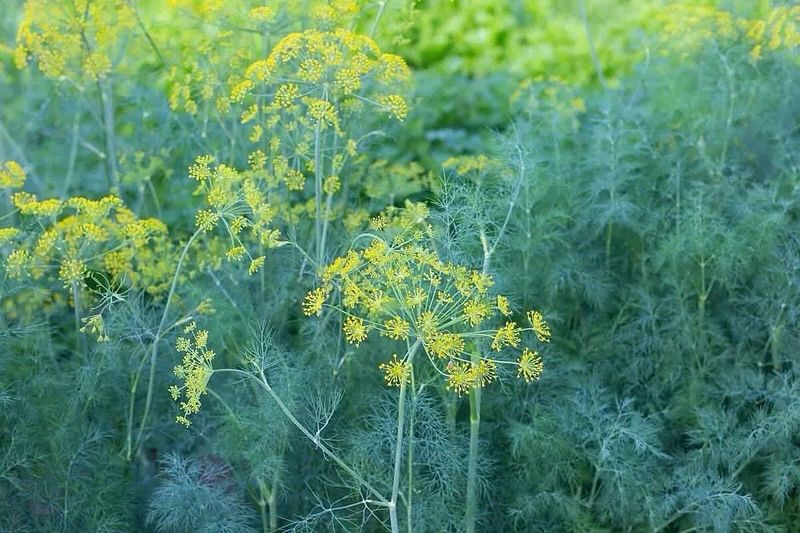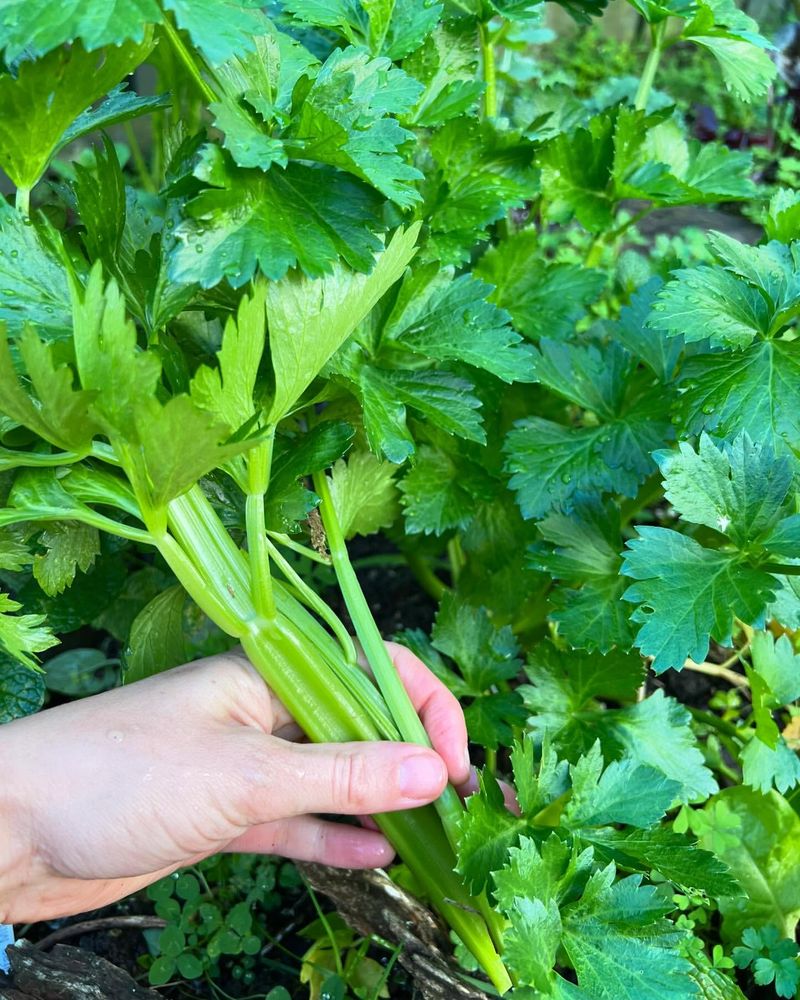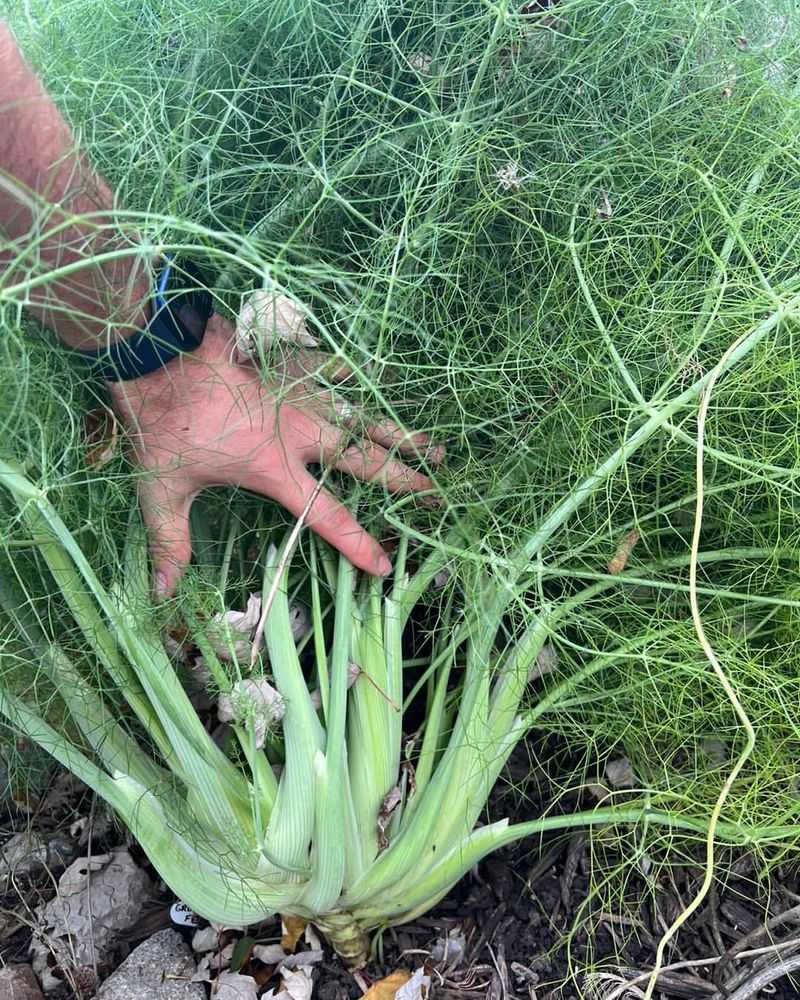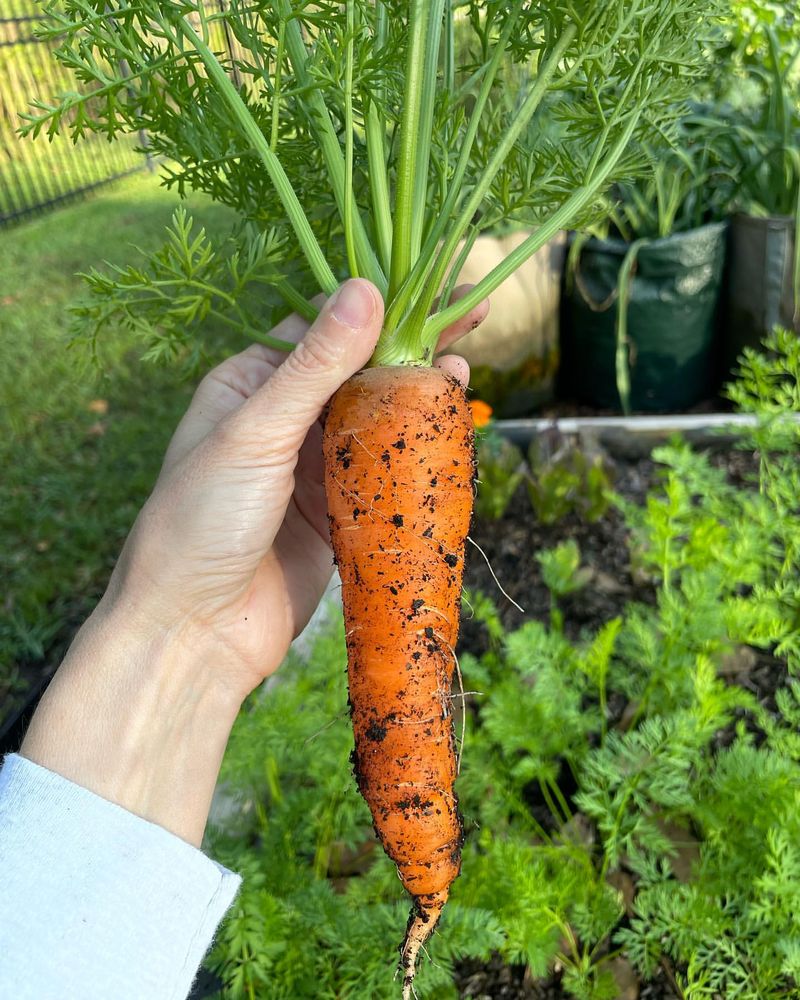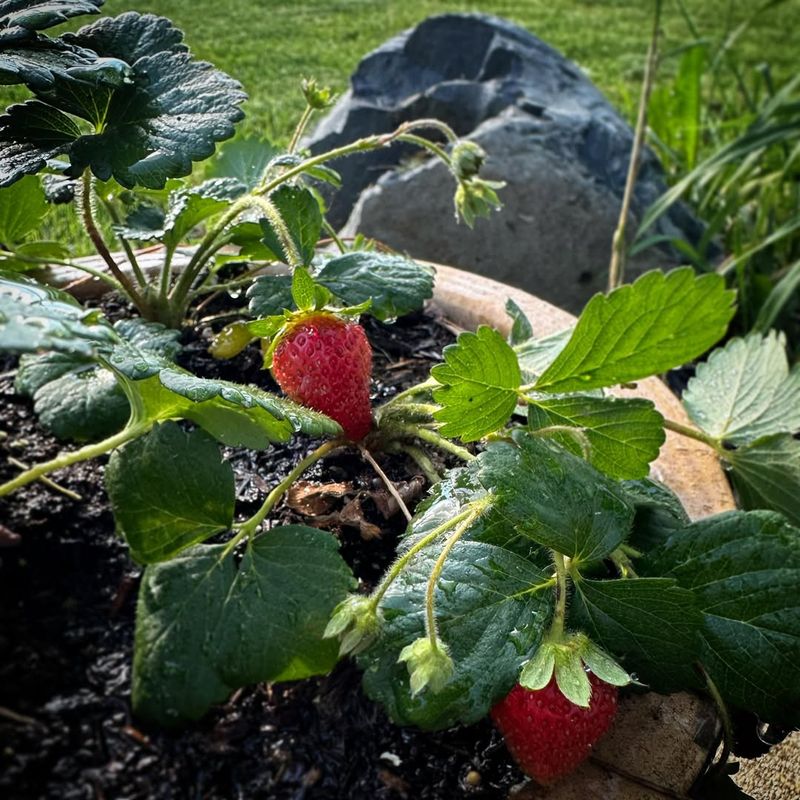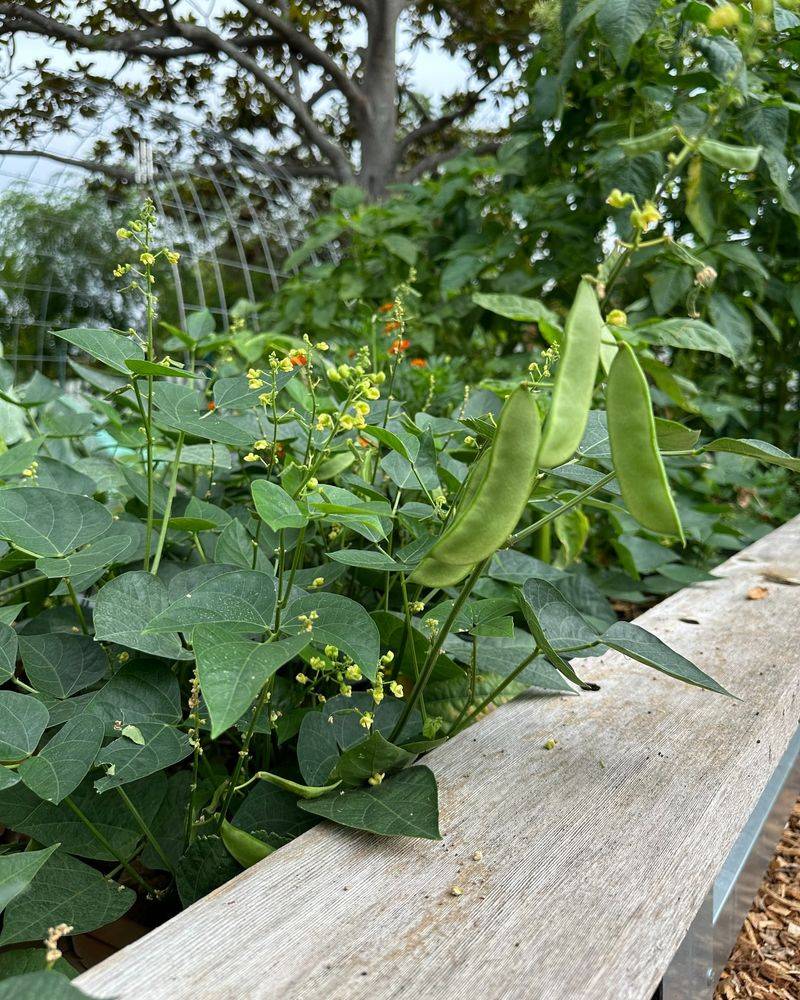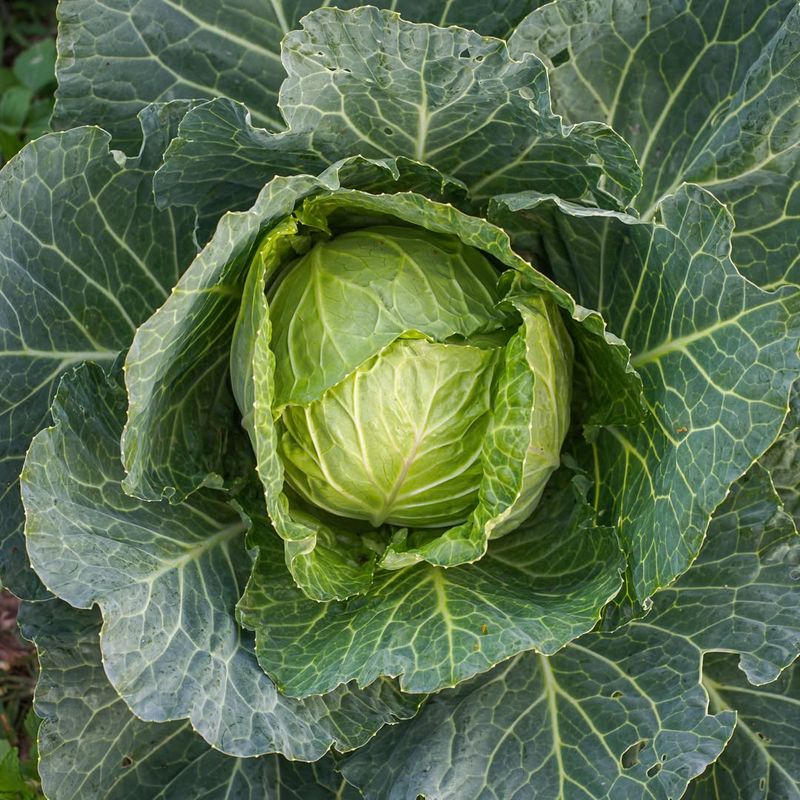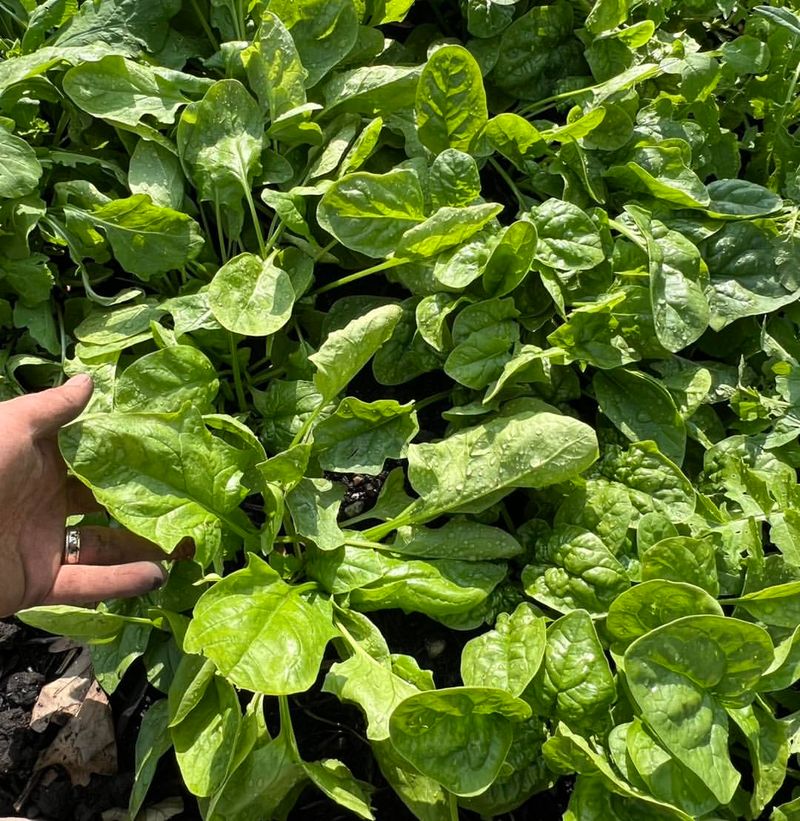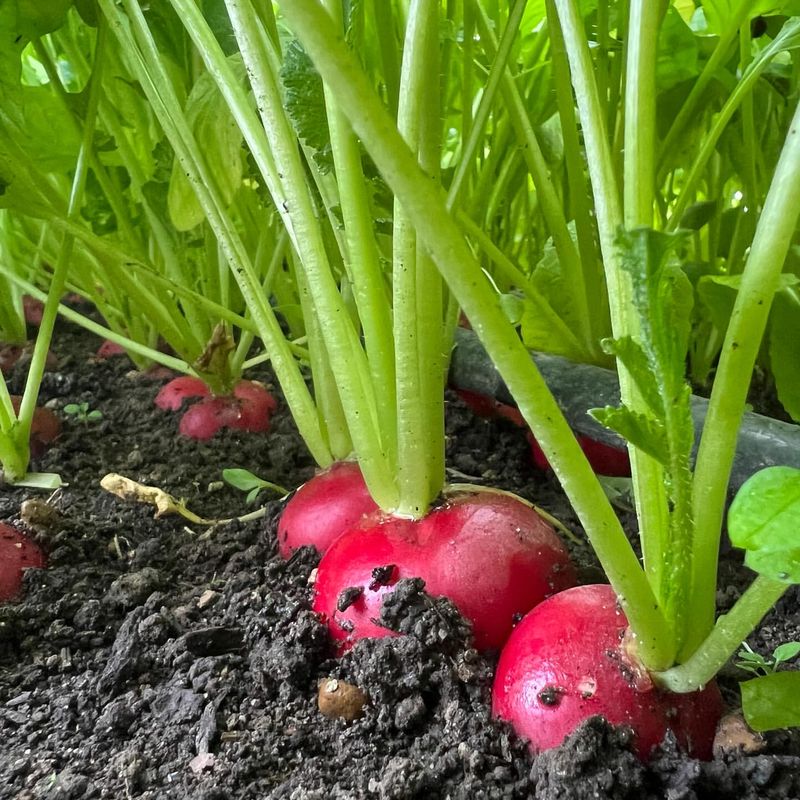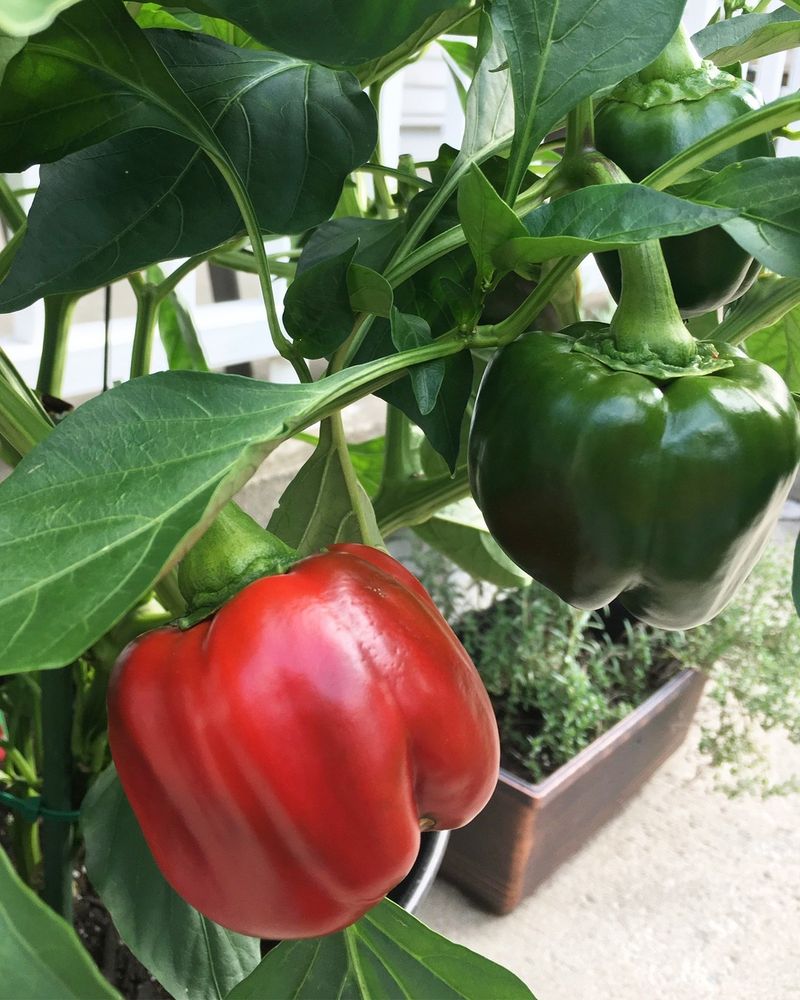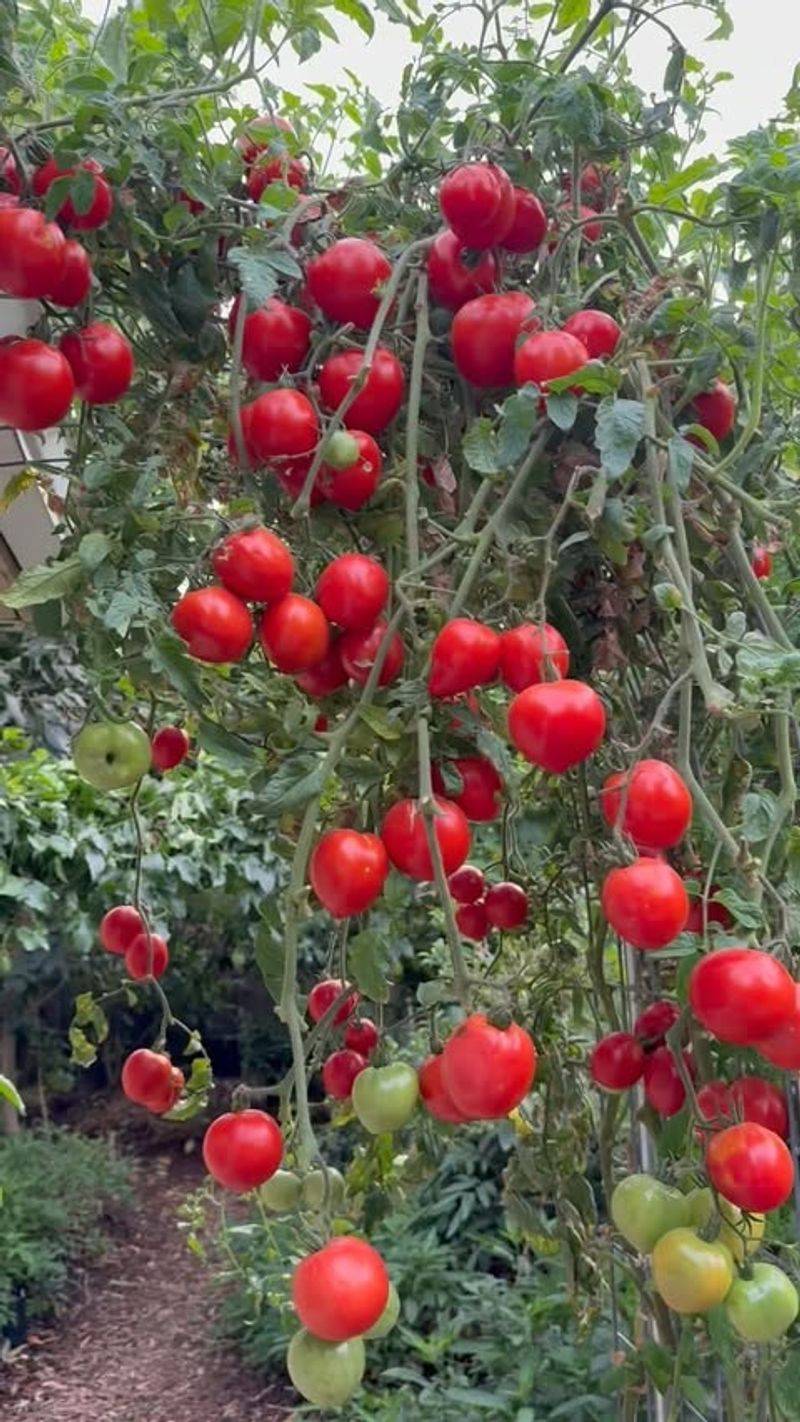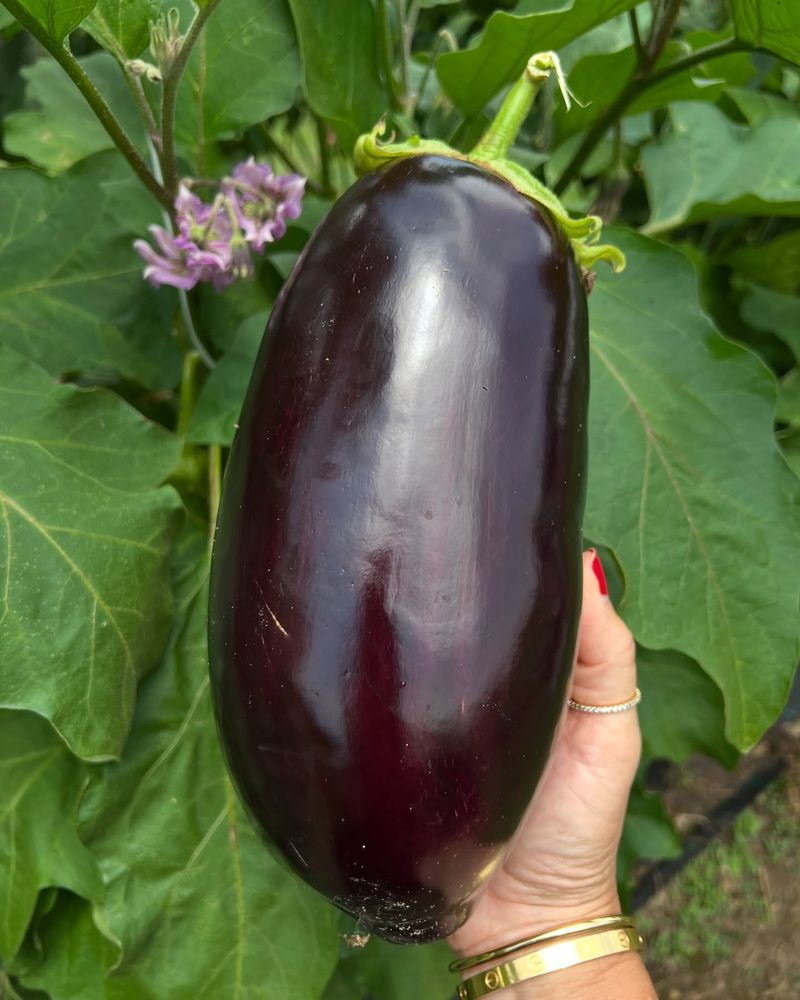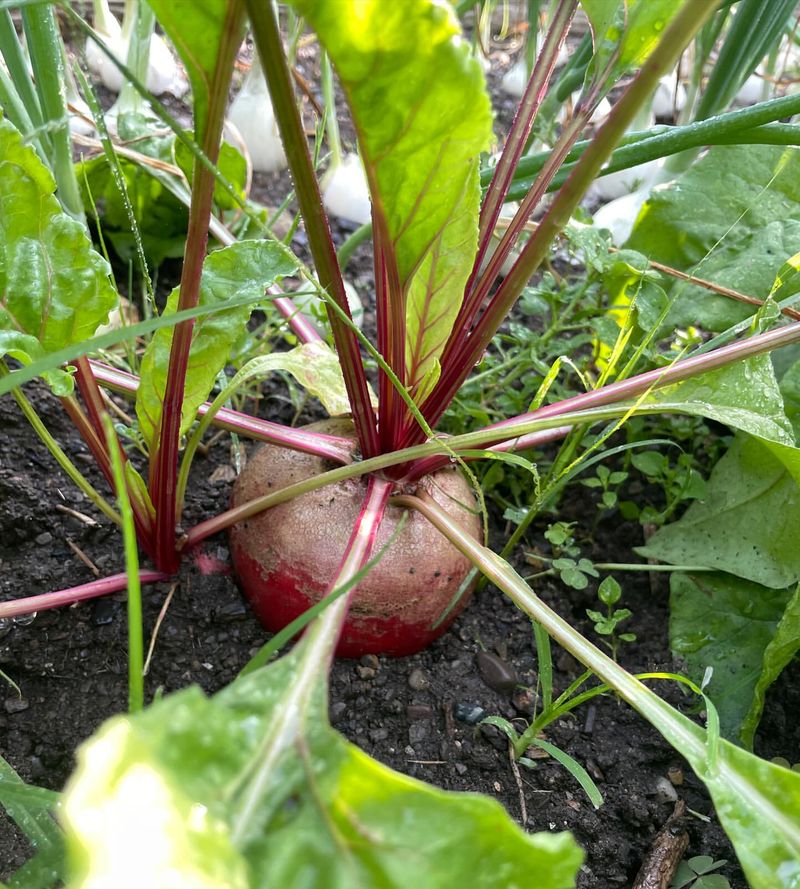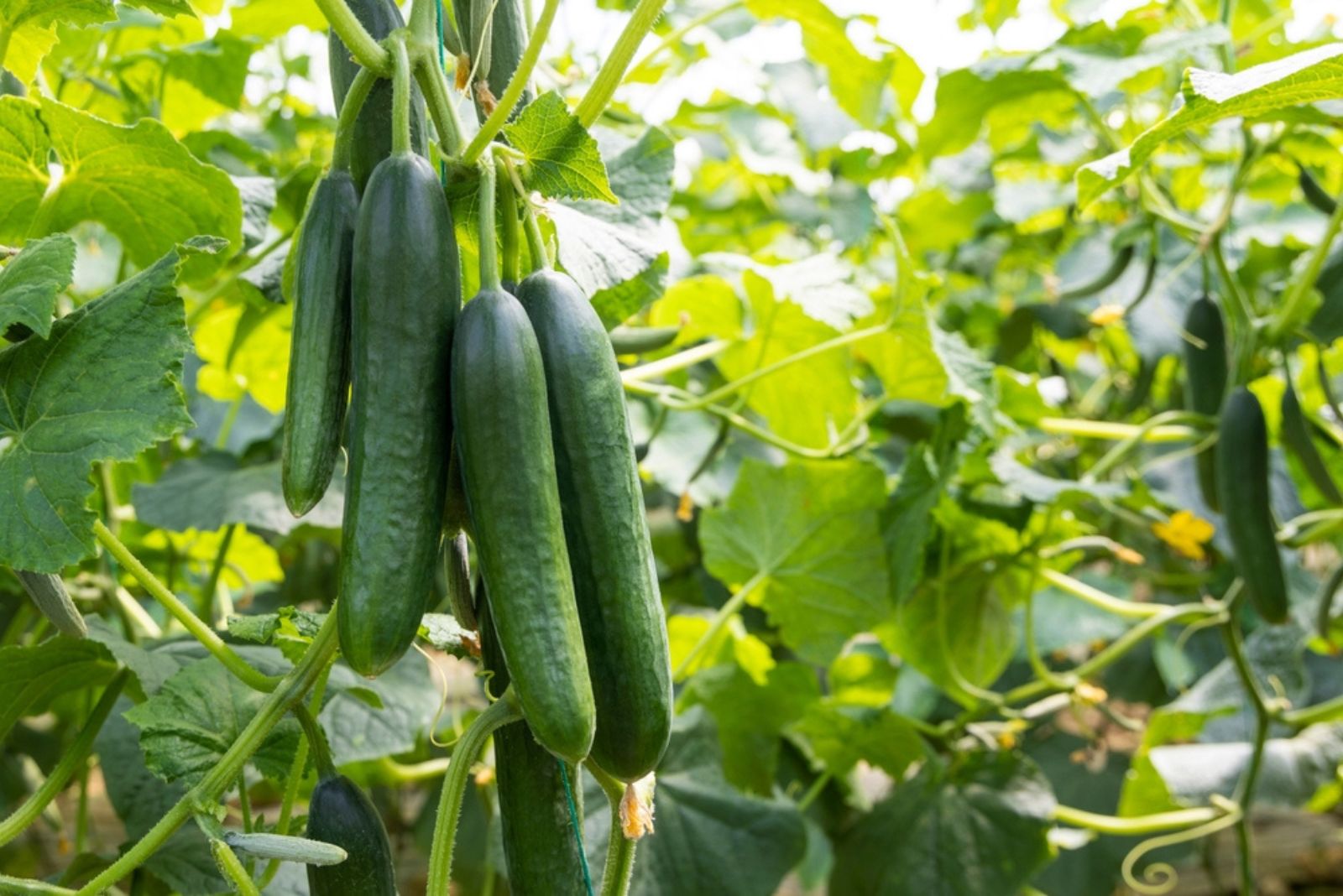Ever wondered how thyme thrives best in the garden? This versatile herb isn’t just a culinary favorite – it’s also a fantastic companion plant when paired wisely. The right plant neighbors can enhance its growth, intensify its flavor, and even help deter pests. Whether you’re growing thyme for cooking, pollinators, or ground cover, knowing which plants to pair with it can make all the difference.
But not all plants make good companions for thyme. Some can compete for nutrients, overshadow its sunlight needs, or create conditions that lead to poor growth. Along with the best companions, I’ll also highlight a few plants that are better kept at a distance to ensure your thyme stays healthy and productive. Let’s dive into the ultimate guide to thyme’s best and worst garden partners!
1. Basil
A symphony of scents fills the garden when basil and thyme grow side by side. Basil’s bold aroma complements thyme’s earthy fragrance, creating an aromatic haven.
Basil is known for its ability to repel pests, making it an excellent companion for thyme. Growing them together not only enhances the flavors in your culinary dishes but also keeps unwanted insects at bay.
2. Chives
Imagine slender green stalks dancing in the breeze, that’s chives for you. Their subtle onion-like flavor makes them a perfect partner.
Chives help improve the soil’s health, benefiting thyme’s growth. Their beautiful purple blooms attract pollinators, ensuring a lively, buzzing garden environment.
3. Marjoram
Picture a plant that enhances any dish, that’s marjoram. Its sweet, citrusy flavor blends delightfully with thyme.
Marjoram and thyme thrive in similar conditions, making them ideal companions. Their combined growth promotes a lush and healthy herb garden.
4. Parsley
With its curly green leaves, parsley creates a delightful visual contrast. Its mild flavor enhances thyme’s robust taste.
Parsley acts as a natural pest deterrent, helping thyme flourish. Together, they contribute to a vibrant and thriving herb garden.
5. Oregano
Envision the essence of Mediterranean cooking, and you find oregano. Its potent flavor pairs seamlessly with thyme’s subtle notes.
Oregano and thyme love the sun, making them a perfect duo. Their companionship enriches the garden with a palette of savory scents.
6. Lavender
A calming fragrance permeates the air with lavender nearby. Its purple blooms add a splash of color next to thyme.
Lavender repels harmful insects, protecting thyme from potential threats. Together, they create a visually stunning and fragrant garden oasis.
7. Rosemary
A robust and aromatic shrub, rosemary enhances any garden. Its needle-like leaves provide a textural contrast next to thyme.
Rosemary thrives in similar conditions as thyme, making them excellent partners. Their combined presence ensures a flavorful and aromatic herb selection.
8. Sage
A sensory delight, sage’s broad leaves and pungent aroma complement thyme beautifully. Together, they create a culinary powerhouse.
Sage’s ability to repel pests benefits thyme directly. Their companionship results in a healthier, more resilient herb garden.
9. Tarragon
Tarragon brings a hint of anise to the mix, a flavor that dances with thyme’s earthy tones. It’s a match made in culinary heaven.
Both herbs enjoy the same sunny, well-drained conditions, making them great garden companions. They elevate each other’s growth and flavor.
10. Mint
A refreshing burst of coolness comes with mint, a classic culinary herb. Its vigorous growth is best managed in a pot near thyme.
While mint can be invasive, keeping it contained allows thyme to thrive without competition. Their combined aromas create a fragrant garden experience.
11. Bay Leaf
Imagine the subtle fragrance of bay leaf wafting through the garden. Its glossy leaves provide a lovely backdrop to thyme.
Bay leaf plants act as a deterrent to pests, offering thyme a shield from garden nuisances. Together, they form a harmonious and protective environment.
12. Cilantro
The fresh, citrusy scent of cilantro fills the air when paired with thyme. Its feathery leaves add texture and flavor variety.
Both herbs thrive in similar conditions, promoting healthy growth. Cilantro helps reduce pests, ensuring thyme stays healthy and vibrant.
13. Lemon Balm
The zesty aroma of lemon balm invigorates the senses. Its bright green leaves pair beautifully with thyme’s earthy character.
Lemon balm attracts pollinators, boosting thyme’s growth and vigor. Together, they create a lively and fragrant garden space.
14. Dill
Delicate and feathery, dill offers a unique flavor punch. Its presence complements thyme beautifully.
Dill attracts beneficial insects, aiding thyme’s pollination and growth. Together, they support a flourishing and balanced herb garden.
15. Celery
Crisp and refreshing, celery adds a crunch to the garden ensemble. Its tall stalks offer a unique contrast next to thyme.
Celery’s ability to repel pests and diseases benefits thyme directly. Their partnership fosters a healthy and productive garden environment.
16. Fennel
Aromatic and versatile, fennel stands out in the garden. Its anise-like flavor complements thyme’s earthy richness.
While fennel can be competitive, planting it nearby but not too close benefits both. Their distinct flavors enhance any culinary creation.
17. Carrots
Sweet and crunchy, carrots offer a visual and flavorful delight. Their feathery tops dance beautifully next to thyme.
Carrots help improve soil health, creating a better environment for thyme’s growth. Together, they enhance the garden’s productivity and vitality.
18. Strawberries
Juicy and sweet, strawberries bring a burst of color to the garden. Their ground-covering nature complements thyme’s growth.
Strawberries help suppress weeds, allowing thyme to flourish unabated. Together, they create a visually appealing and productive garden space.
19. Beans
A staple in many gardens, beans offer more than meets the eye. Their climbing nature adds a vertical element to thyme’s horizontal spread.
Beans fix nitrogen in the soil, benefiting thyme greatly. Together, they form a mutually beneficial relationship that boosts growth.
20. Cabbage
Robust and leafy, cabbage makes a bold statement. Its large leaves provide shade and shelter for thyme.
Cabbage’s pest-repellent properties help protect thyme from unwanted visitors. Together, they ensure a healthy and vibrant garden ecosystem.
21. Spinach
Nutritious and leafy, spinach pairs well with thyme. Its dark green leaves provide a rich backdrop.
Spinach helps shade the soil, keeping it cool and moist for thyme. Their companionship fosters a balanced and thriving garden environment.
22. Radishes
Peppery and crisp, radishes offer a zesty addition to the garden. Their quick growth complements thyme’s slower pace.
Radishes help break up the soil, aiding thyme’s root expansion. Together, they contribute to a well-aerated and healthy garden bed.
23. Peppers
Vibrant and flavorful, peppers bring heat to the garden. Their colorful fruits add a splash of vibrancy.
Peppers benefit from thyme’s pest-repelling properties, ensuring a healthy growth cycle. Together, they create a lively and productive garden corner.
24. Tomatoes
Juicy and versatile, tomatoes are a garden favorite. Their sprawling vines create a lush backdrop for thyme.
Tomatoes benefit from thyme’s ability to repel pests, ensuring a bountiful harvest. Together, they form a dynamic duo in the garden.
25. Eggplant
Rich and hearty, eggplant offers a unique addition to the garden. Its glossy purple fruits stand out beautifully.
Eggplant benefits from thyme’s pest deterrent capabilities, promoting healthy growth. Together, they enhance the garden’s productivity and allure.
26. Beets
Earthy and sweet, beets bring depth to the garden. Their vibrant red roots provide a striking contrast.
Beets help improve soil structure, boosting thyme’s growth potential. Together, they cultivate a thriving and robust garden environment.
Worst Thyme Companions
While thyme is a low-maintenance herb, some plants simply don’t make good neighbors. Water-hungry crops like cucumbers and melons create a challenging environment for thyme, which prefers drier soil.
Cucumbers sprawl and demand frequent watering, leading to damp conditions that can weaken thyme’s roots. Similarly, melons thrive in rich, moist soil, which contrasts sharply with thyme’s need for lean, well-drained conditions. Pairing them together can stunt thyme’s growth and even make it more prone to disease.
Another set of poor companions includes spinach, broccoli, and peppers, which have very different soil and nutrient needs.
Spinach and broccoli require nutrient-rich, slightly acidic soil, while thyme prefers lean, slightly alkaline conditions. Thyme’s slow-growing nature also means it can be overshadowed by the large leaves of broccoli and spinach, depriving it of sunlight.
Peppers, though often grown near herbs, prefer more moisture than thyme can tolerate, making them another mismatch.

